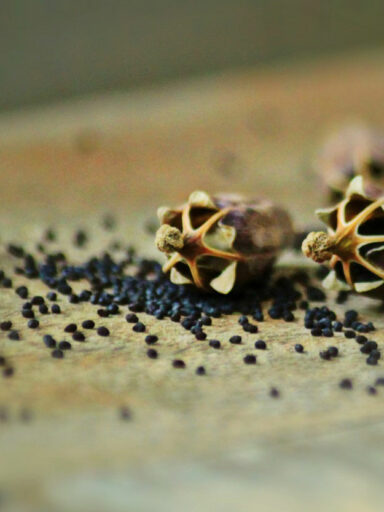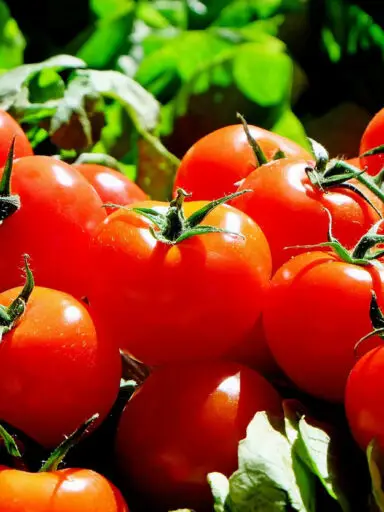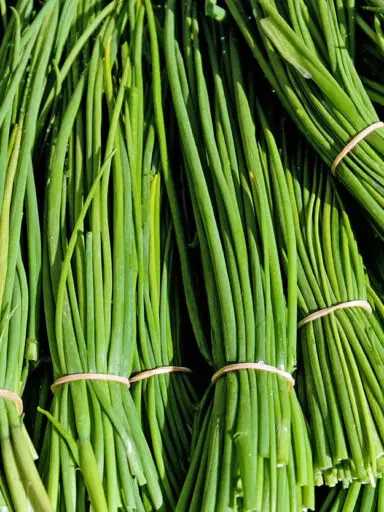Also known as Indian Saffron, Turmeric is a root herb most popular in Asia where it is used as a dye, for its medicinal properties for its anti-inflammatory, antioxidant, and anti-cancer properties.
For our purposes, it is also used as a spice, especially in South Asia cooking, or more popularly as a food coloring agent life Saffron with an aromatic scent more like a herb.
It grows as an underground rhizome and is closely related to ginger. The entire plant contains an aromatic scent that is a sweet fragrance in nature. It has a mild pepper flavor to the taste.
Turmeric is a perennial herbaceous plant. It has broad leaves that resemble plantain leaves. It has purple flowers and produces yellow to orange, cylindrical, aromatic rhizomes.
After harvesting, the root is boiled, dried, and ground to prepare distinctive bright yellow-gold spice powder. It is usually sold in the markets in this powdered form.
Turmeric should be purchased from reputable sources as the powder is generally sold by weight. This leaves it open to adulteration. Cheaper agents may be added to the powder to make it heavier. These additives can be toxic. For example lead oxide with a similar but darker color than Turmeric can be added to the powder making it a darker and orange color.
Since ages ago, Turmeric has been used as a food coloring and flavoring agent. It is also a food preservative.
Usage of Turmeric in the Kitchen
Fresh roots should be washed thoroughly under running water to remove dirt, soil, and pesticide residue. To create the powder, the root should be boiled and then dried in the sun. Thereafter it can be ground to a fine powder.
Like other herbs and spices, it is best to add this spice at the last moment in the cooking process to preserve fragrance and flavor. It also reduces the amount of evaporation of essential oils.
Turmeric is a strong coloring agent so care should be taken when cooking so as to not strain one’s clothes.
This spice can be used to marinate meat, chicken, and fish. It helps to remove the fishy smell and extend the life of these foods.
The powder can be added to other spice mixes such as in the preparation of Masala spices mixes, curry mixes among others. It goes well with vegetables, lentils, and meat dishes in all.
It is also used to prepare soup, sauce, and salad dishes. It is also found in commercial food preparation in ice cream, juices such as orange juice, certain cakes, popcorn, sweets, cereal yogurt, tea, and others.
Nutritional Benefits of Turmeric
Turmeric contains about 354 calories per 100 grams. It has anti-inflammatory (painkiller), anti-flatulent, anti-microbial and carminative properties.
It contains no cholesterol and is rich in dietary fiber. It contains some good amounts of proteins and fats and is also rich in carbohydrates. Turmeric is also a good source of vitamins and minerals.
It contains the b complex vitamins such as Folates and Niacin. It is rich in pyridoxine and riboflavin too. It also contains a lot of vitamin C, vitamin E, and vitamin K. This root herb spice does not contain vitamin A.
As for minerals, turmeric is rich in copper, potassium, and calcium. It is very rich in iron and manganese. Also present are magnesium, zinc, and phosphorus.



